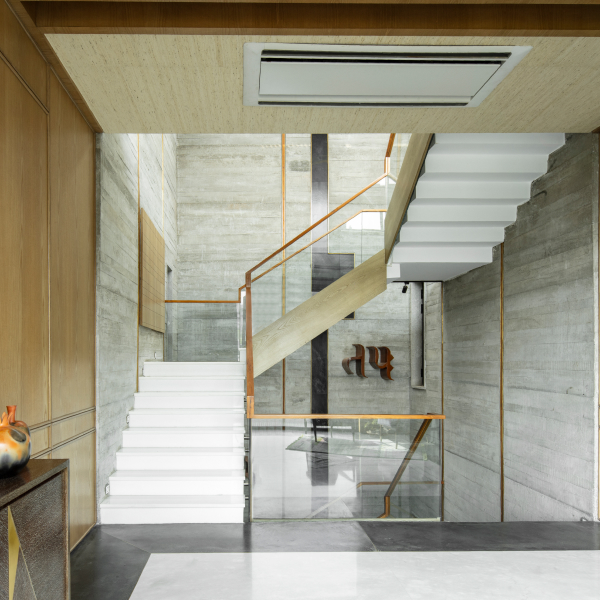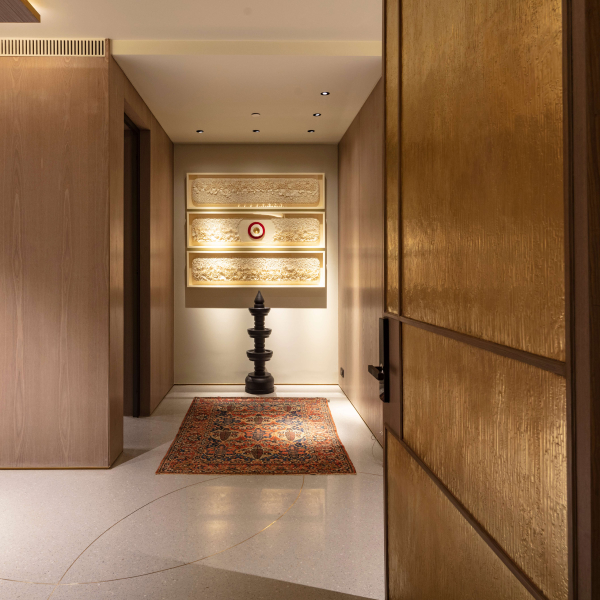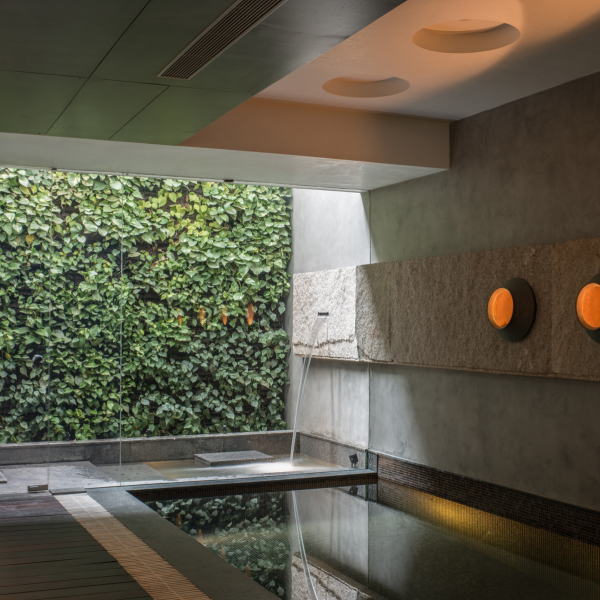Elevating Spaces with Thoughtful Art Selection
22 September 2024
22 September 2024

Art has a unique ability to shape the character of a space. It can evoke emotions, set the tone, and establish focal points that draw the eye and guide the flow of the space. Whether it’s a bold, abstract painting that commands attention or a subtle series of works that complements the overall design, the presence of art adds depth, personality, and sophistication. More than just adornment, art tells a story. It allows the occupants of a space to express their identities, values, and histories. In the context of private homes, carefully chosen pieces reflect the personal experiences of the homeowners, creating a tangible narrative that resonates through the design.
Curation is not just about finding beautiful pieces — it’s about thoughtfully selecting works that balance aesthetic appeal with deeper meaning. The first step is understanding the client’s tastes and story. Does the client have a passion for contemporary art, or do they prefer more classic works? Are they collectors, or are they looking for specific pieces that fit into their home’s design? These answers help shape the direction of the curation, ensuring that the selected pieces align with the client’s lifestyle and the broader design vision.
Scale and placement play crucial roles in how art interacts with a space. Large works can serve as statement pieces, anchoring a room and becoming its visual focus. Smaller works, when placed strategically, create a rhythmic flow and add layers of interest. Additionally, art curation in interior design must consider the room’s function and lighting. A vibrant, dynamic piece may be perfect for a living room or entryway, but more subdued or meditative works might suit a bedroom or reading nook. The curation process is about creating harmony between the artwork and the atmosphere of the space.
Effective art curation goes beyond individual pieces; it’s about creating a layered experience where different forms of art interact. This could involve mixing paintings with sculptures, ceramics, textiles, or even installations that play with light and texture. Each form contributes to a multi-sensory environment, inviting engagement and exploration.
Collaborating with artists and artisans allows designers to create truly unique and bespoke spaces. Custom artworks, crafted specifically for a project, ensure that the design is one of a kind and resonates deeply with the space and its users. This collaborative process often results in pieces that reflect the client’s personal journey, local culture, or site-specific narratives.
Selecting art made from reclaimed or eco-friendly materials aligns with the broader design trend of sustainability, in which interiors are designed to reduce environmental impact. Choosing art that is both visually stunning and ethically sourced adds another layer of meaning to the space. It reflects a commitment to sustainable living, not just through the architecture and materials used in the design but also in the art that adorns the walls.
Recent Blogs

1 December 2024

4 November 2024

15 October 2024